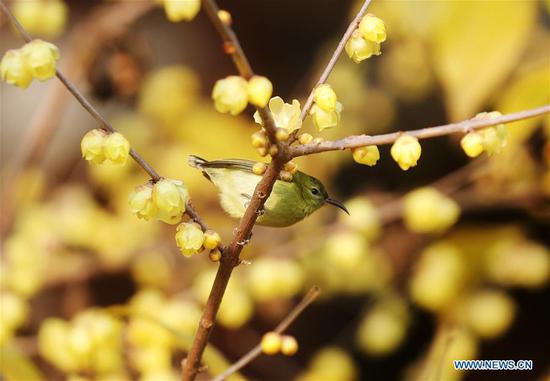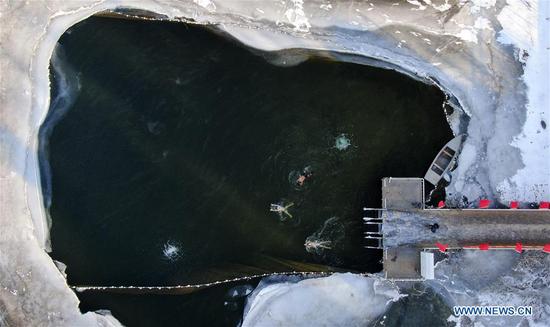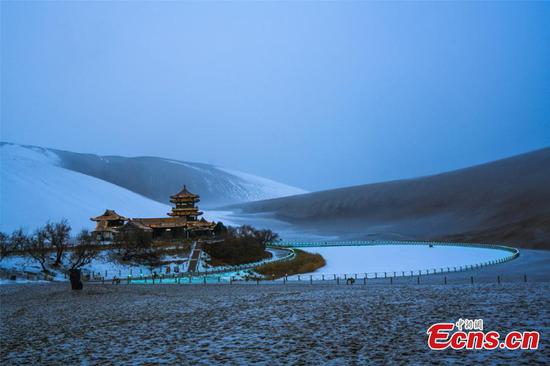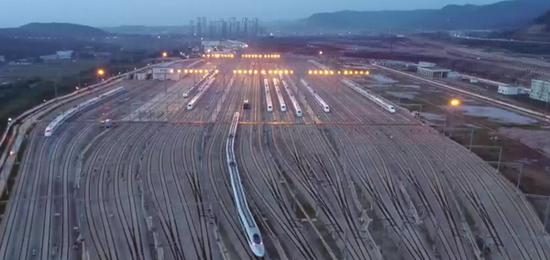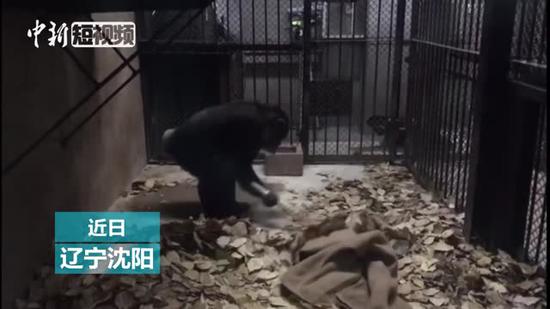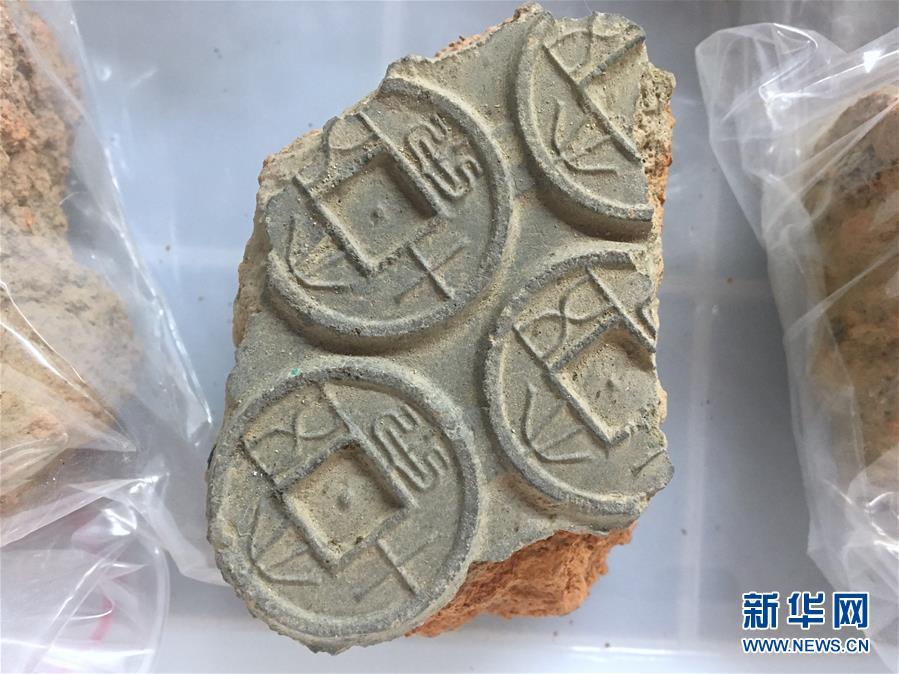
A coin mould found during an excavation at a museum in Nanyang City, Central China's Henan Province, Jan. 15, 2019. The museum was built at the site of a former government office in feudal China, used by local magistrates in three dynasties. Excavation at the site started in 2017 when rainstorms exposed a ceramic mould used to make coins. Excavation work over two years has uncovered more coins and moulds that date back to Wang Mang, the founder of the short-lived Xin dynasty (AD 9?25). Bai Yunxiang, a researcher with the Chinese Academy of Social Sciences said the findings provided precious historical materials for studying the coin casting industry in the Qin and Han dynasties and the social and economic system in Wang Mang's reign. (Photo: China News Service/Li Wenzhe)
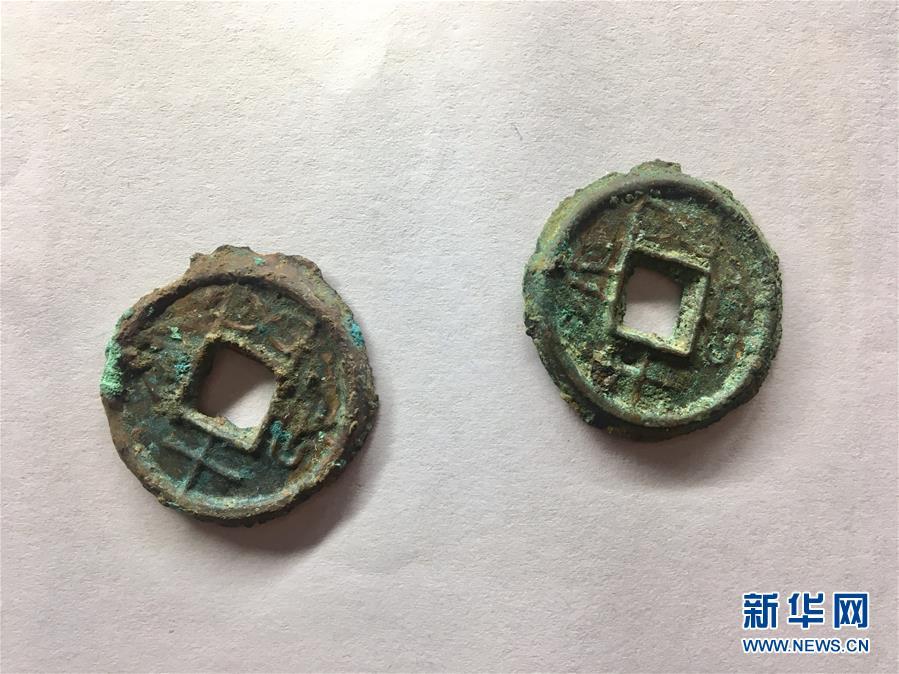
Copper coins found during an excavation at a museum in Nanyang City, Central China's Henan Province, Jan. 15, 2019. The museum was built at the site of a former government office in feudal China, used by local magistrates in three dynasties. Excavation at the site started in 2017 when rainstorms exposed a ceramic mould used to make coins. Excavation work over two years has uncovered more coins and moulds that date back to Wang Mang, the founder of the short-lived Xin dynasty (AD 9?25). Bai Yunxiang, a researcher with the Chinese Academy of Social Sciences said the findings provided precious historical materials for studying the coin casting industry in the Qin and Han dynasties and the social and economic system in Wang Mang's reign. (Photo: China News Service/Li Wenzhe)
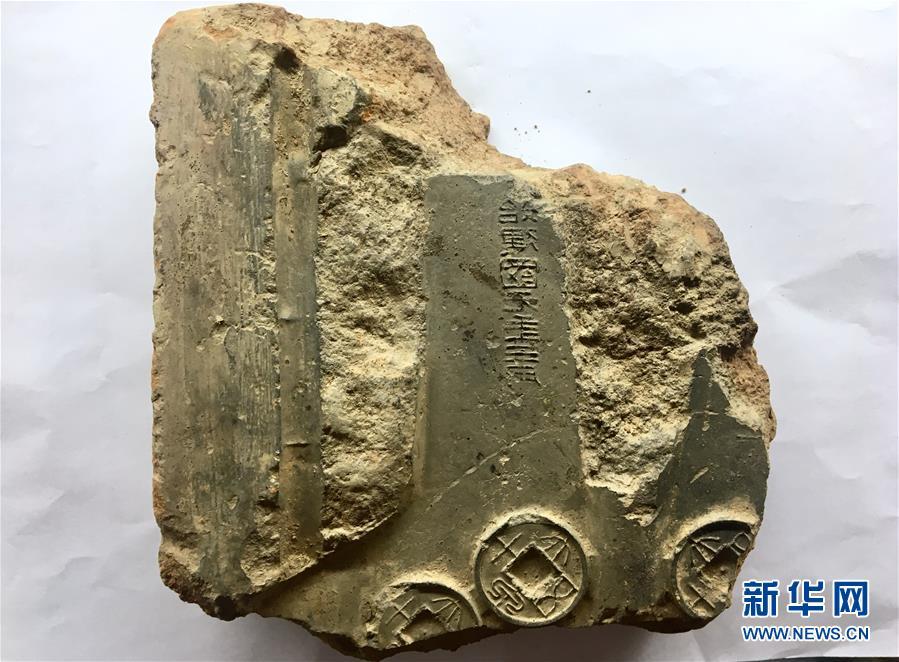
A coin mould found during an excavation at a museum in Nanyang City, Central China's Henan Province, Jan. 15, 2019. The museum was built at the site of a former government office in feudal China, used by local magistrates in three dynasties. Excavation at the site started in 2017 when rainstorms exposed a ceramic mould used to make coins. Excavation work over two years has uncovered more coins and moulds that date back to Wang Mang, the founder of the short-lived Xin dynasty (AD 9?25). Bai Yunxiang, a researcher with the Chinese Academy of Social Sciences said the findings provided precious historical materials for studying the coin casting industry in the Qin and Han dynasties and the social and economic system in Wang Mang's reign. (Photo: China News Service/Li Wenzhe)

A coin mould found during an excavation at a museum in Nanyang City, Central China's Henan Province, Jan. 15, 2019. The museum was built at the site of a former government office in feudal China, used by local magistrates in three dynasties. Excavation at the site started in 2017 when rainstorms exposed a ceramic mould used to make coins. Excavation work over two years has uncovered more coins and moulds that date back to Wang Mang, the founder of the short-lived Xin dynasty (AD 9?25). Bai Yunxiang, a researcher with the Chinese Academy of Social Sciences said the findings provided precious historical materials for studying the coin casting industry in the Qin and Han dynasties and the social and economic system in Wang Mang's reign. (Photo: China News Service/Li Wenzhe)
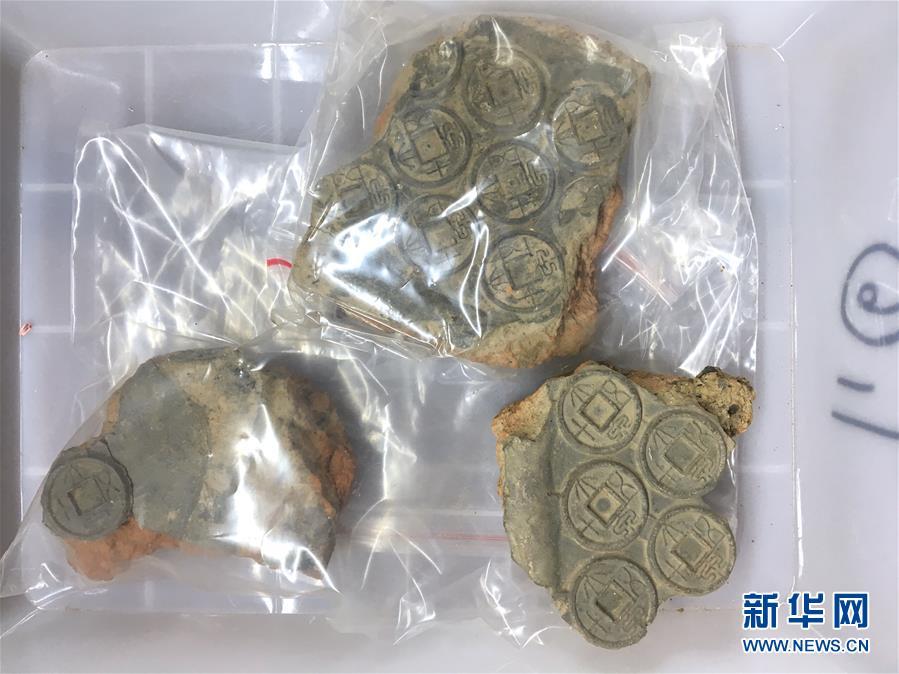
Coin moulds found during an excavation at a museum in Nanyang City, Central China's Henan Province, Jan. 15, 2019. The museum was built at the site of a former government office in feudal China, used by local magistrates in three dynasties. Excavation at the site started in 2017 when rainstorms exposed a ceramic mould used to make coins. Excavation work over two years has uncovered more coins and moulds that date back to Wang Mang, the founder of the short-lived Xin dynasty (AD 9?25). Bai Yunxiang, a researcher with the Chinese Academy of Social Sciences said the findings provided precious historical materials for studying the coin casting industry in the Qin and Han dynasties and the social and economic system in Wang Mang's reign. (Photo: China News Service/Li Wenzhe)
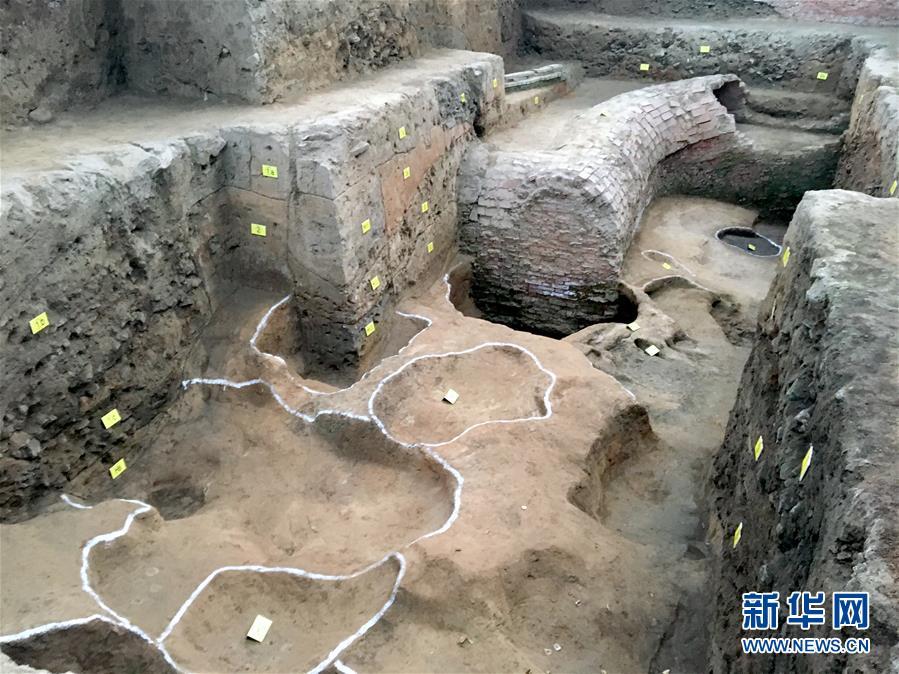
A view of an excavation site at a museum in Nanyang City, Central China's Henan Province, Jan. 15, 2019. The museum was built at the site of a former government office in feudal China, used by local magistrates in three dynasties. Excavation at the site started in 2017 when rainstorms exposed a ceramic mould used to make coins. Excavation work over two years has uncovered more coins and moulds that date back to Wang Mang, the founder of the short-lived Xin dynasty (AD 9?25). Bai Yunxiang, a researcher with the Chinese Academy of Social Sciences said the findings provided precious historical materials for studying the coin casting industry in the Qin and Han dynasties and the social and economic system in Wang Mang's reign. (Photo: China News Service/Li Wenzhe)













